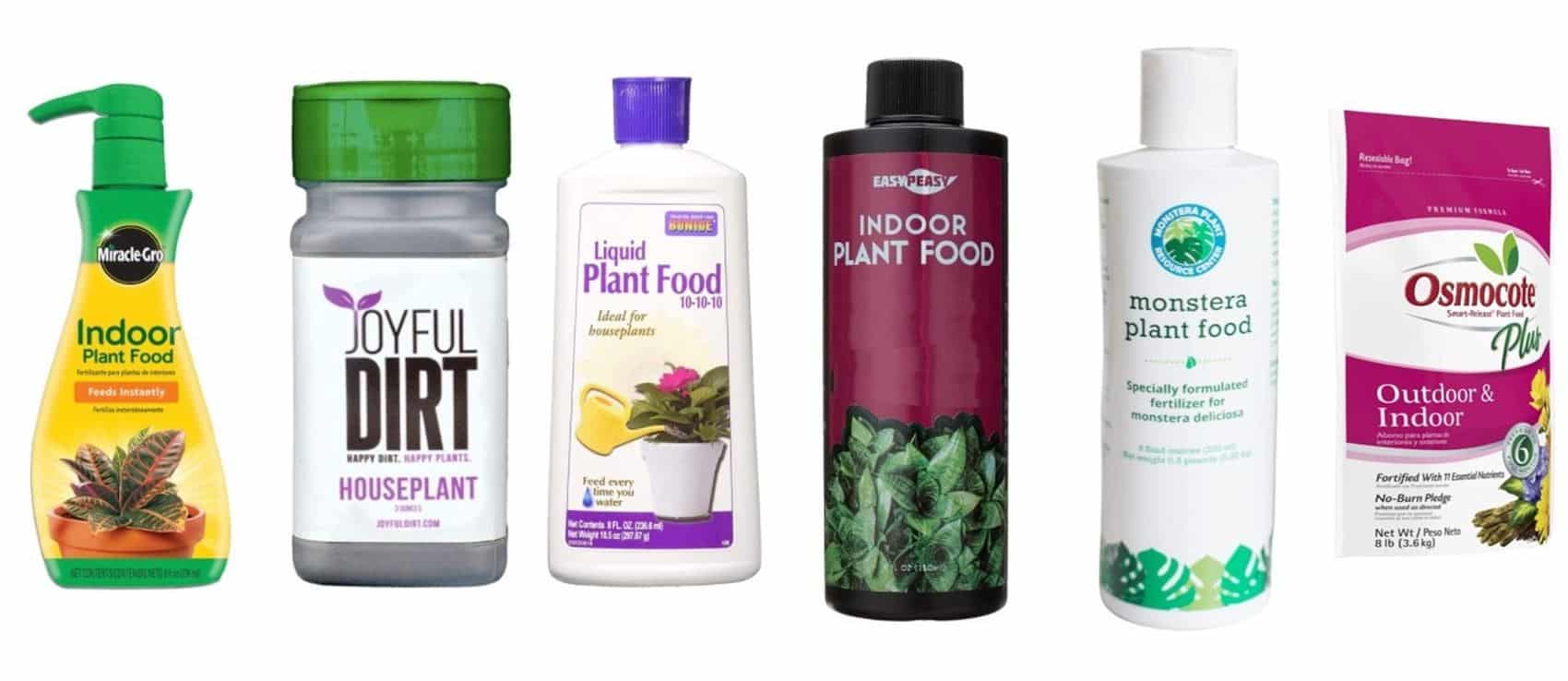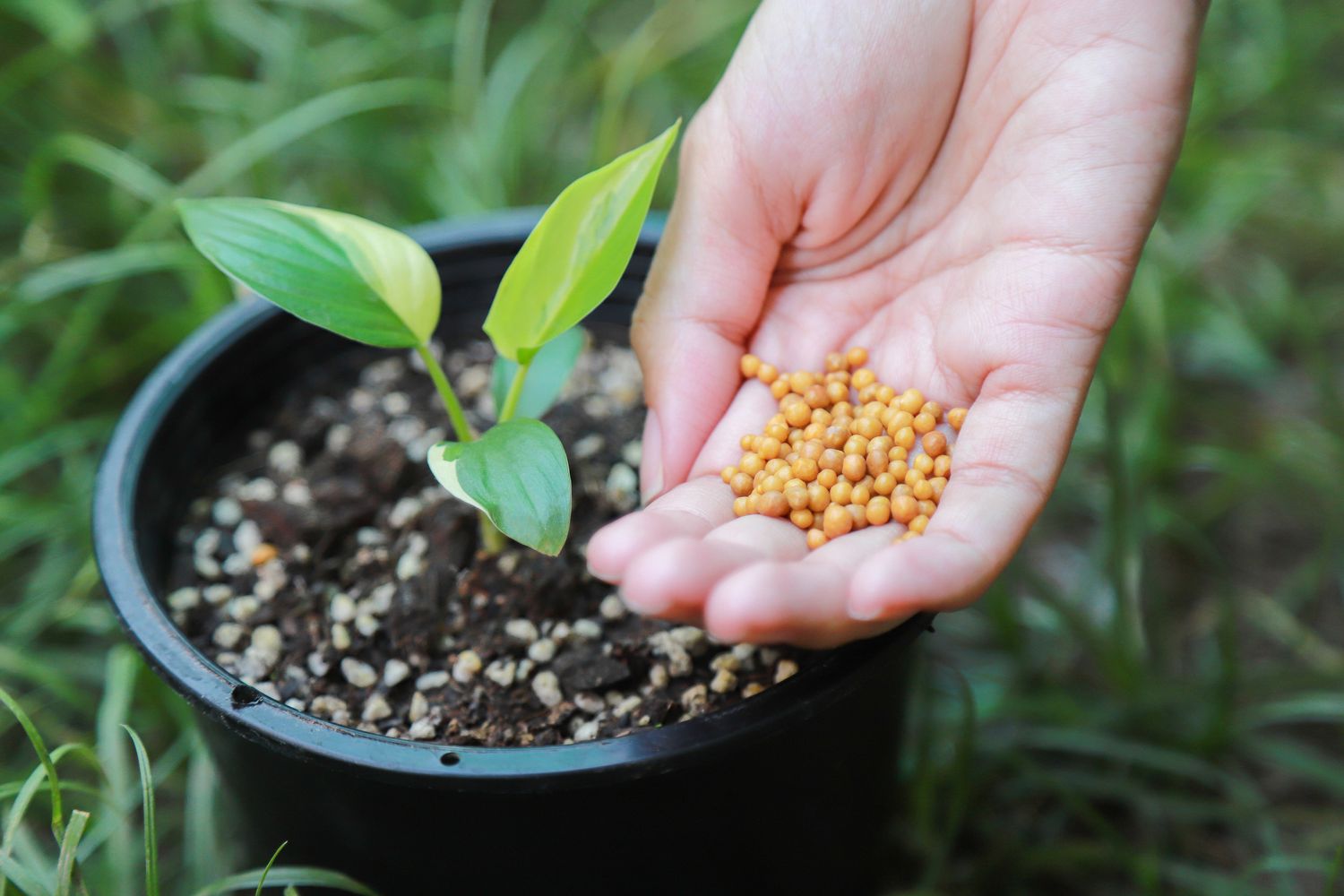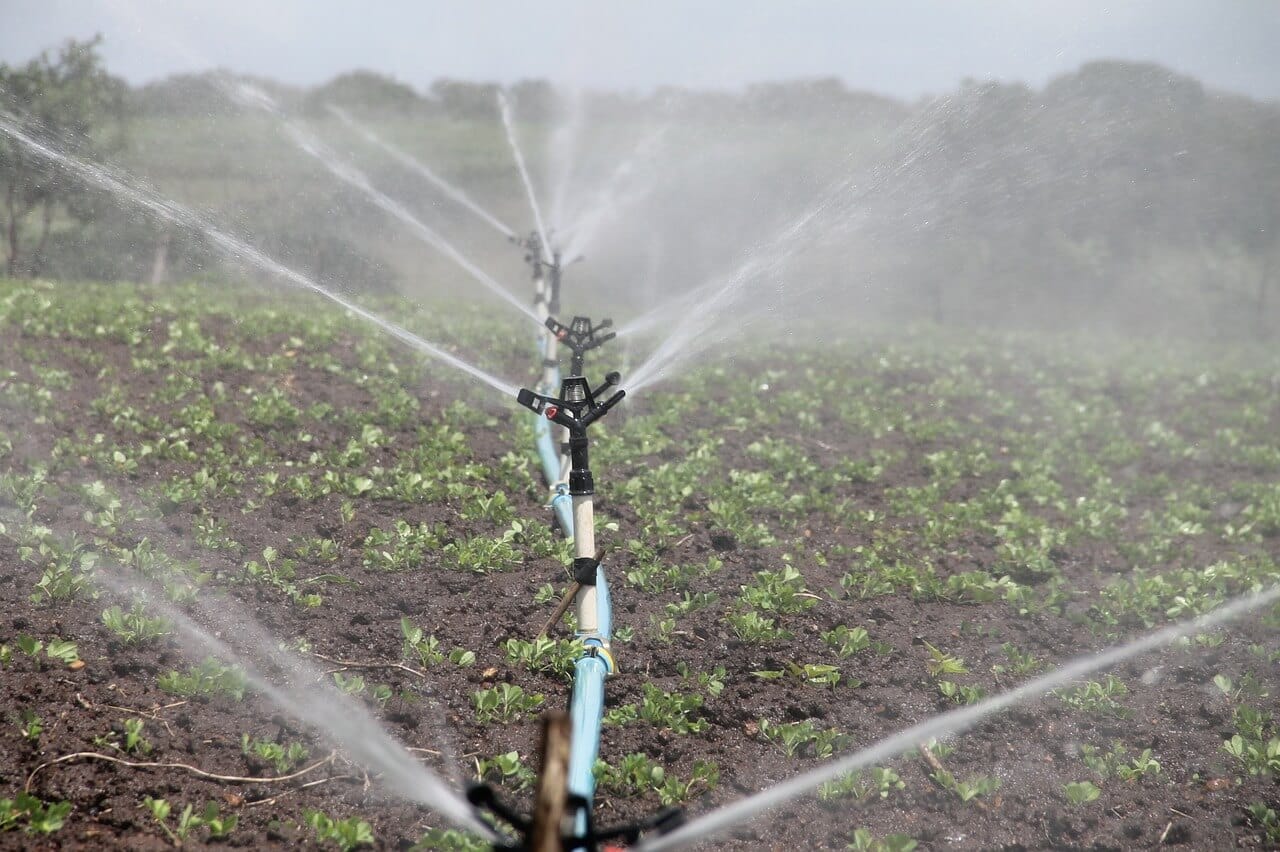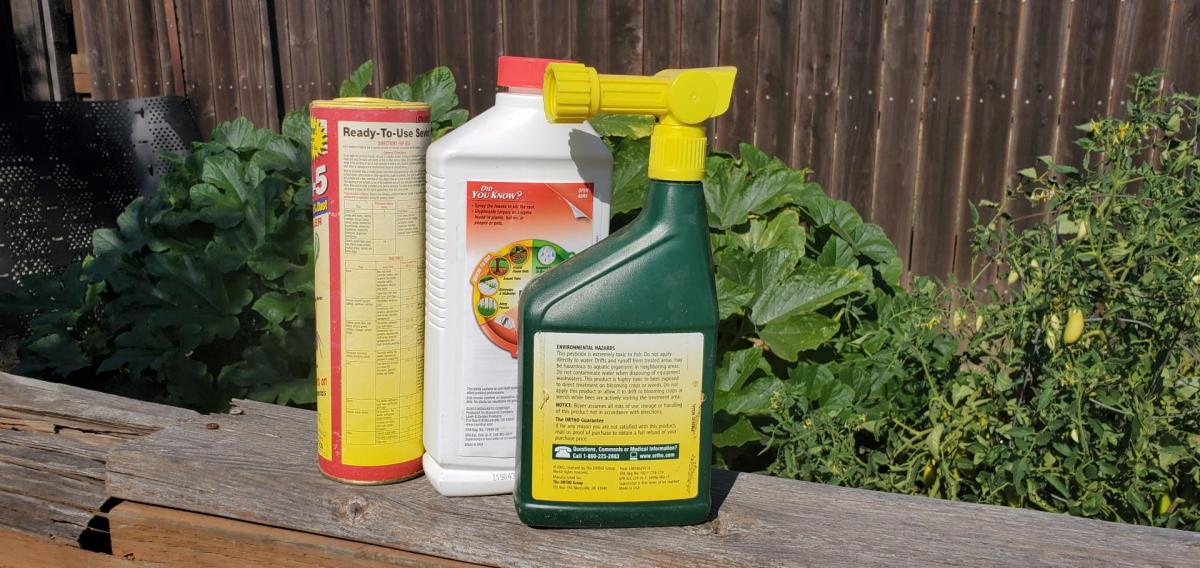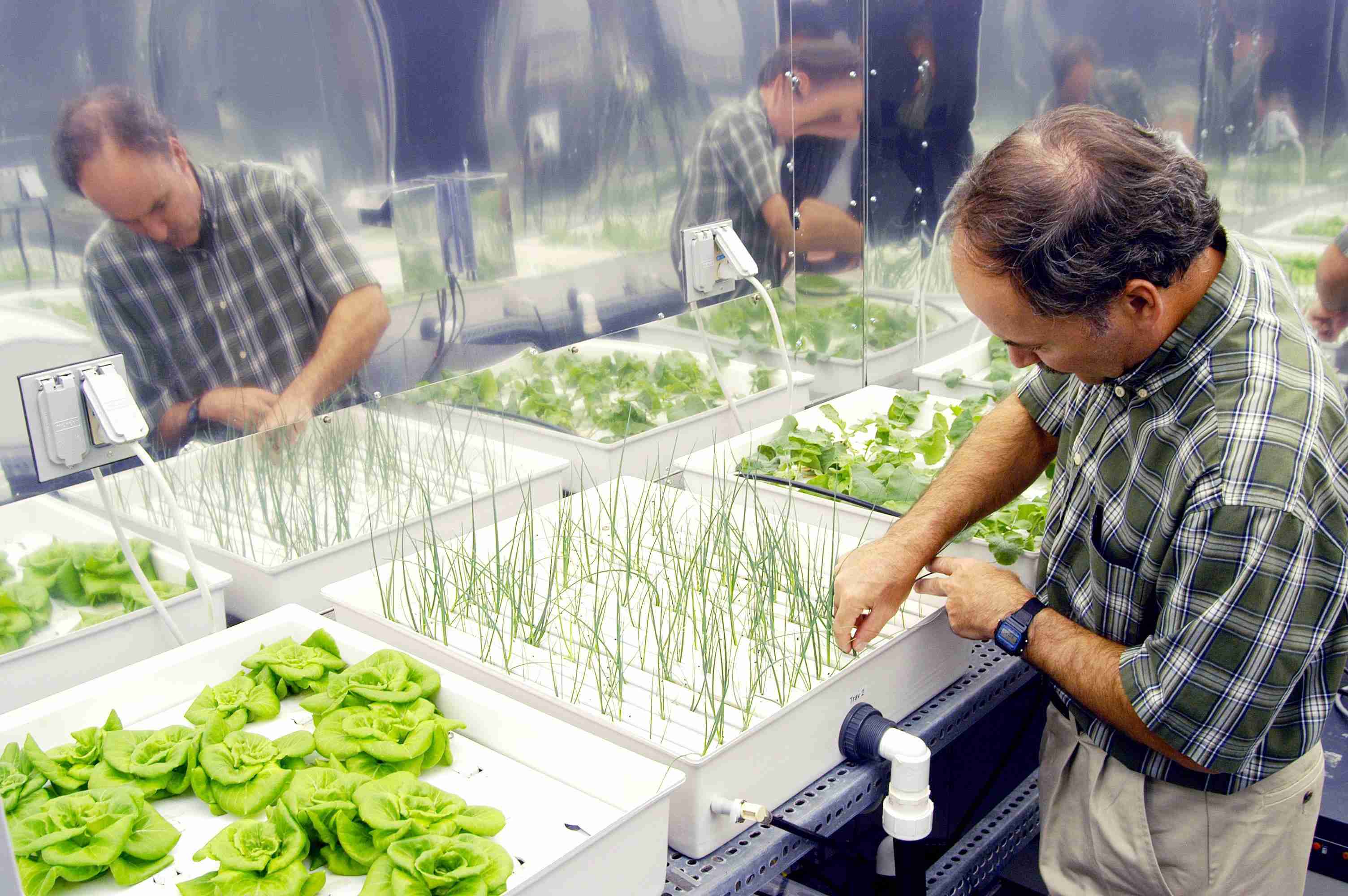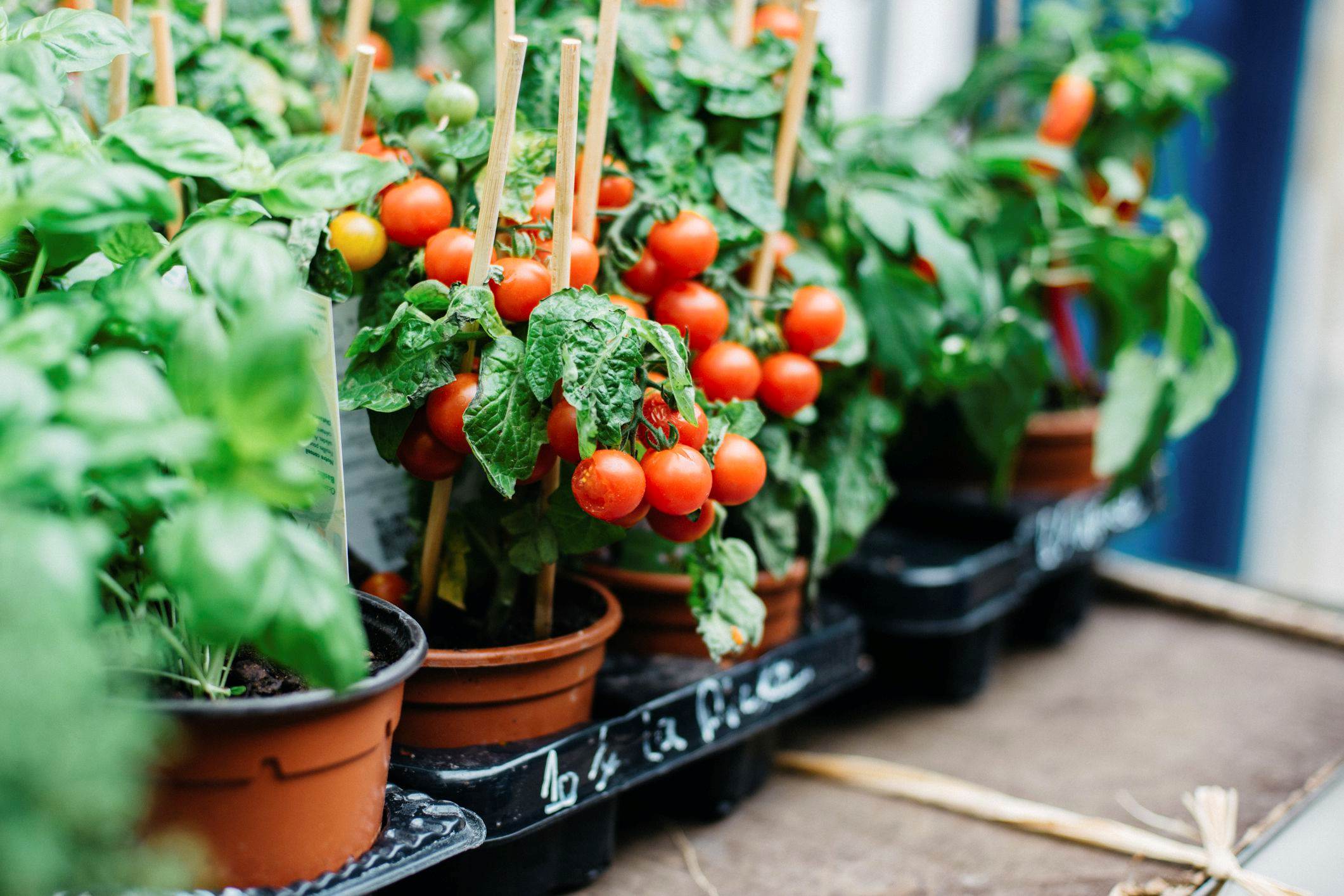Home>Gardening Basics>Understanding Soil>What Type Of Soil For Monstera


Understanding Soil
What Type Of Soil For Monstera
Published: February 11, 2024
A comprehensive guide to understanding soil types for Monstera plants. Learn which type of soil is best suited for optimal growth and health.
(Many of the links in this article redirect to a specific reviewed product. Your purchase of these products through affiliate links helps to generate commission for Chicagolandgardening.com, at no extra cost. Learn more)
Table of Contents
Introduction
Welcome to the world of Monstera plants! Known for their large, glossy, and uniquely shaped leaves, Monstera plants have gained popularity as both indoor and outdoor decorative plants. If you’re a plant enthusiast or a beginner looking to add a touch of green to your living space, understanding soil requirements for Monstera plants is crucial for their overall health and growth.
Choosing the right soil for your Monstera plants can make a significant difference in their well-being. The soil acts as a foundation, providing essential nutrients, proper drainage, and stability for the plant’s root system. It influences the plant’s ability to absorb water, minerals, and oxygen, ultimately determining its vitality and resilience.
In this article, we will explore the various aspects of soil that are essential for the optimal growth of Monstera plants. From the importance of soil composition to the best soil type and common mistakes to avoid, we will provide comprehensive insights to help you create the perfect soil environment for your Monstera plants.
Whether you already own a Monstera plant or are planning to bring one home, understanding the role of soil in its care is crucial. So, let’s dig deep and uncover the secrets of soil requirements for Monstera plants!
Understanding Monstera Plants
Before diving into the specifics of soil requirements for Monstera plants, it’s important to have a basic understanding of these fascinating plants. Monstera plants, scientifically known as Monstera deliciosa, are native to the tropical regions of Mexico and Central America. They belong to the Araceae family, which includes other popular houseplants like Philodendrons and Pothos.
Monstera plants are characterized by their large, heart-shaped leaves that develop unique perforations as they mature. These perforations, known as fenestrations, give Monstera leaves their signature appearance and enhance their aesthetic appeal. The foliage of Monstera plants can vary in size, with some leaves growing up to two feet in length.
These plants are renowned for their ability to adapt to various environments, making them popular choices for indoor cultivation. Monstera plants thrive in bright, indirect sunlight and prefer warm and humid conditions. They are relatively low-maintenance plants, making them suitable for both experienced plant parents and beginners.
Monstera plants have a climbing nature, with aerial roots that help them anchor onto trees in their natural habitat. In indoor settings, they can be trained to grow on stakes or trellises. The aerial roots not only provide support but also absorb moisture and nutrients from the air.
Now that you have a better understanding of Monstera plants, let’s delve into the significance of soil and its role in their growth and well-being.
Importance of Soil for Monstera Plants
The soil plays a vital role in the overall health and development of Monstera plants. It provides a supportive medium for the roots to anchor themselves and absorb essential nutrients, moisture, and oxygen. Here are some key reasons why soil is crucial for the well-being of Monstera plants:
- Nutrient Availability: Soil acts as a reservoir of nutrients that are essential for the growth of Monstera plants. It provides the necessary macronutrients (such as nitrogen, phosphorus, and potassium) and micronutrients (such as iron, manganese, and zinc) that the plants need for proper development.
- Moisture Regulation: The soil helps to regulate moisture levels by retaining water and preventing excessive drainage. This ensures that the roots receive a consistent supply of moisture, preventing dehydration and allowing for proper development.
- Root Support: The structure and composition of the soil provide support for the roots to establish and anchor themselves. This stability is crucial in ensuring healthy growth and preventing the plant from toppling over or becoming unstable.
- Drainage: Good soil structure allows excess water to drain away, preventing waterlogged conditions that can lead to root rot. Proper drainage is vital to maintain optimal oxygen levels around the roots.
- Aeration: Healthy soil allows for proper air circulation within the root zone. This facilitates the exchange of gases and the movement of oxygen, which is essential for root respiration and overall plant health.
- Prevention of Diseases: Soil plays a role in disease prevention by providing a barrier between the plant and potential pathogens. Healthy soil contains beneficial microorganisms that help suppress harmful disease-causing organisms.
Understanding the importance of soil for Monstera plants highlights the need to choose the right soil type and ensure proper soil maintenance. In the following sections, we will explore the factors to consider when selecting soil for Monstera plants and the ideal soil type that suits their needs.
Factors to Consider When Choosing Soil for Monstera Plants
When it comes to selecting the perfect soil for your Monstera plants, there are several factors to consider. These factors play a crucial role in providing the optimal growing conditions for your plants. Here are some key factors to keep in mind:
- Drainage: Monstera plants thrive in well-draining soil. Excessive moisture can lead to root rot and other fungal diseases. Choose a soil mix that allows excess water to drain freely, preventing waterlogged conditions.
- Water Retention: While drainage is important, it is equally vital for the soil to retain some moisture. The soil should be able to hold enough water to keep the roots hydrated between waterings without becoming overly soggy.
- Nutrient Content: Monstera plants require a nutrient-rich soil to support their growth. Look for a soil mix that is enriched with organic matter, such as compost or well-rotted manure, to provide a steady supply of nutrients.
- pH Level: Monstera plants prefer slightly acidic to neutral soil with a pH range of 5.5 to 7.0. This pH range allows for optimal nutrient availability and absorption by the roots.
- Aeration: Good soil aeration is essential for healthy root growth. The soil should be loose enough to allow for proper air circulation within the root zone, ensuring adequate oxygen supply to the roots.
- Texture: Monstera plants thrive in well-balanced soil with a loamy texture. A mix of sand, silt, and clay provides a good balance between drainage and water retention.
- Organic Matter: Adding organic matter to the soil helps improve its structure, nutrient content, and water-holding capacity. Compost, leaf mold, or well-rotted manure are excellent choices to enrich the soil.
- Sterility: It’s important to ensure that the soil you use is free from pests, diseases, and weed seeds. Sterilization methods, such as baking the soil or using pasteurized mixes, can help eliminate potential issues.
Considering these factors when choosing soil for your Monstera plants will provide a solid foundation for their growth and ensure they thrive in their environment. Next, we will explore the ideal soil type that suits the needs of Monstera plants.
Ideal Soil Type for Monstera Plants
Choosing the ideal soil type for your Monstera plants is crucial for their overall health and growth. While there are various commercially available potting mixes specifically designed for houseplants, you can create your own soil mix to meet the specific needs of your Monstera plants.
The ideal soil type for Monstera plants is a well-draining and nutrient-rich mix that closely resembles their natural habitat. Here are the key components to consider in creating the perfect soil mix for your Monstera plants:
- Peat-based Mix: A peat-based mix serves as a good base for the soil mix due to its ability to retain moisture while still providing adequate drainage. It also provides a good source of organic matter for the plants.
- Perlite or Vermiculite: Adding perlite or vermiculite to the soil mix helps improve drainage and aeration, preventing waterlogging and providing space for the roots to breathe.
- Coarse Sand: Incorporating coarse sand in the soil mix helps improve drainage and prevents compaction. Be sure to use horticultural-grade sand, as other types may contain salts or impurities that can harm the plants.
- Compost or Well-Rotted Manure: Adding compost or well-rotted manure to the soil mix enhances its nutrient content, providing a steady supply of essential elements for the plants’ growth.
- Organic Matter: Including organic matter, such as leaf mold or coconut coir, in the soil mix helps improve its structure, water-holding capacity, and nutrient retention.
It’s important to note that Monstera plants are not particularly finicky about soil type as long as it meets the criteria of good drainage, moisture retention, and nutrient availability. Therefore, you can customize the soil mix based on the specific needs of your plants and the availability of materials.
Remember to perform regular soil checks and adjust the composition as needed based on the growth and condition of your Monstera plants. As your plants grow, they may benefit from occasional repotting to provide fresh soil and ample space for their expanding root system.
Now that we have explored the ideal soil type for Monstera plants, let’s move on to the next section, where we will provide some popular soil mix recipes that you can try for your Monstera plants.
Best Soil Mix Recipes for Monstera Plants
Creating the perfect soil mix for your Monstera plants is a rewarding task that allows you to tailor the blend to meet their specific needs. Here are a few popular soil mix recipes that have proven to be effective for Monstera plants:
- Standard Potting Mix: A basic potting mix consists of equal parts of peat moss, perlite, and compost. This mix provides good drainage, retains moisture, and offers an adequate supply of nutrients.
- Coir-Based Mix: If you prefer an alternative to peat moss, a coir-based mix can be created by combining equal parts of coconut coir, perlite, and compost. Coir is a sustainable and renewable substitute that retains moisture well and improves drainage.
- Succulent Mix: For those who want to enhance drainage, you can create a succulent mix by combining two parts of gritty soil mix (such as cactus mix or sandy soil) with one part perlite or pumice. This mix replicates the fast-draining soil conditions that Monstera plants love.
- Tropical Mix: If you want to mimic the natural environment of Monstera plants, you can create a tropical mix by combining equal parts of potting soil, orchid bark, and coco coir. This mix provides good moisture retention, drainage, and aeration.
- Advanced Mix: For experienced gardeners looking to enhance the nutrient availability, you can create an advanced mix by combining equal parts of potting soil, coco coir, worm castings, and perlite. This mix provides excellent drainage, moisture retention, and nutrient content.
Remember to adjust these soil mix recipes based on the specific needs of your Monstera plants and the conditions of your environment. Regularly monitor the moisture levels in the soil and observe how your plants respond to the mix. Adjustments may be necessary to ensure the best growing conditions.
While these soil mix recipes provide a good starting point, there is no one-size-fits-all approach. Feel free to experiment with different combinations and proportions to find the soil mix that works best for your Monstera plants.
Now that we have explored some popular soil mix recipes for Monstera plants, let’s move on to the next section, where we will discuss common mistakes to avoid when choosing soil for your Monstera plants.
Common Mistakes to Avoid When Choosing Soil for Monstera Plants
Choosing the right soil for your Monstera plants is essential for their overall health and growth. However, there are some common mistakes that many plant enthusiasts make when selecting soil. By avoiding these mistakes, you can ensure the best growing conditions for your Monstera plants. Here are some common mistakes to be aware of:
- Using Heavy, Compacted Soil: Avoid using heavy, compacted soil that retains water for too long. This can lead to waterlogged conditions and root rot. Opt for a well-draining soil mix that allows excess water to flow freely.
- Using Soil with Poor Drainage: On the other hand, using soil with poor drainage can lead to water pooling at the bottom of the pot, depriving the roots of oxygen. Ensure that your soil mix has good drainage to prevent waterlogging.
- Using Soil Without Nutrient Content: Using plain garden soil or soil with no added nutrients may lead to nutrient deficiency in your Monstera plants. Incorporate organic matter, compost or other organic fertilizers to provide a steady supply of essential nutrients.
- Ignoring pH Levels: pH levels are crucial for nutrient availability. Ignoring the pH of the soil can result in imbalanced nutrient uptake by the plant. Monitor and adjust the pH of the soil to maintain the optimal range for your Monstera plants.
- Overfertilizing: While nutrients are essential for plant growth, overfertilizing can lead to salt build-up in the soil, causing root burn and nutrient imbalances. Follow the recommended fertilization schedule and dosage for your Monstera plants.
- Not Sterilizing the Soil: Using soil that is not sterilized may introduce pests, diseases, or weed seeds to your plants. Ensure the soil is sterilized by baking it or using pasteurized mixes to minimize potential issues.
- Ignoring Soil Aeration: Insufficient soil aeration can lead to poor root development and decreased oxygen availability. Ensure that your soil mix is loose enough to allow proper air circulation within the root zone.
By avoiding these common mistakes, you can provide your Monstera plants with a healthy and thriving growing environment. Remember to regularly assess the condition of the soil and make necessary adjustments to optimize the soil conditions for your plants.
Now that we have discussed the common mistakes to avoid, let’s wrap up our exploration of soil requirements for Monstera plants with some concluding remarks.
Conclusion
Choosing the right soil for your Monstera plants is crucial for their overall health and growth. By understanding the importance of soil and considering factors such as drainage, water retention, nutrient content, pH levels, aeration, and soil texture, you can create the ideal soil environment for your Monstera plants.
Remember to select a soil type that closely mimics the natural habitat of Monstera plants, with a good balance of organic matter, drainage, and moisture retention. By customizing soil mix recipes or utilizing popular options like standard potting mix, coir-based mix, succulent mix, tropical mix, or advanced mix, you can provide the optimal conditions for your plants to thrive.
Avoiding common mistakes like using heavy or poorly draining soil, neglecting nutrient content, ignoring pH levels, overfertilizing, not sterilizing the soil, and overlooking soil aeration will ensure the best growing environment for your Monstera plants.
Remember to regularly monitor the moisture levels, adjust the soil composition as needed, and provide appropriate care based on the specific needs of your Monstera plants. With the right soil and proper care, your Monstera plants will showcase their iconic leaves and flourish in their new home.
Now it’s time to get your hands dirty and create the perfect soil environment for your Monstera plants. Happy gardening!
